
News . Feature Stories . CIA student lands solo show at Massillon Museum
News
February 21, 2022
CIA student lands solo show at Massillon Museum
A reception for Alex Vlasov’s "I Promise to Make a Fabulous PTG Tomorrow" will take place on February 26.
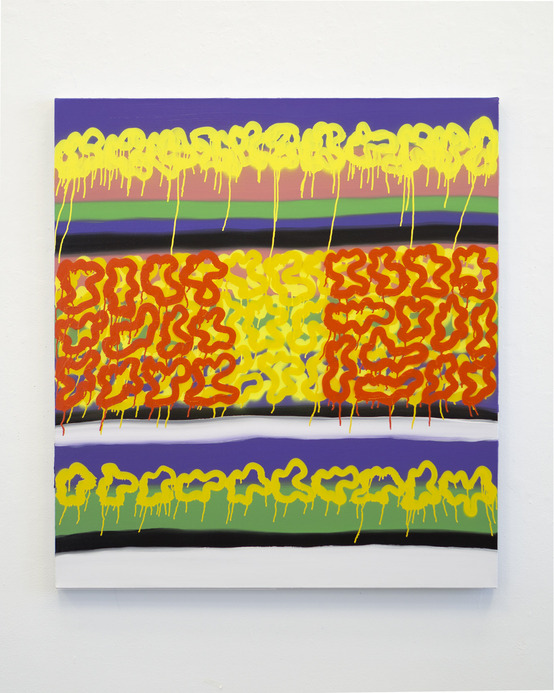
"The Sun Also Rises" by Alex Vlasov. Oil and spray paint on canvas; 50” x 45” (2021). Photo by Lauren Fernandez '23.
By Michael C. Butz
What inspired the mixed-media paintings in Alex Vlasov ’23’s very first solo exhibition? His Cleveland Institute of Art studiomates and professors.
“They are the ones who motivate me to make art every day,” he says. “Without all of them, it wouldn’t be even possible in the first place.”
Viewers can see what form that inspiration took during a reception for Vlasov’s I Promise to Make a Fabulous PTG Tomorrow from 5 to 7pm Saturday, February 26, in Studio M at the Massillon Museum in Massillon, Ohio. The exhibition opened February 5, 2022 and will remain on view through Wednesday, April 6.
Vlasov's exhibition was reviewed by CAN Journal's Michael Gill.
We caught up with Vlasov, a Painting major who was born in Russia and lived in New York before attending CIA, to ask him more about his work and exhibition.
How do you hope viewers interact with the work in I Promise to Make a Fabulous PTG Tomorrow?
There are two bodies of work in this exhibition. They are both abstract and deal with certain conventions of artmaking established since World War II.
The difference between the paintings is their visual appearance. One group is text-based and deals with literal language, while the other group consists of visual abstract vocabulary.
And here comes an interesting thing that I think creates the dialogue between these two kinds of artwork: When you look at the text-based paintings, you can see images in your head. For instance, when you look at the painting with the words “Duchamp is just a guy,” you can detect images of Marcel Duchamp, some of his artworks—or if you do not know who he is, you still can imagine a guy in your head. There are a number of possibilities that you can come up with, and it is different for each individual. Then you confront the non-text-based paintings and there are tons of variations that you might discern, including text in the realm of that visual abstract vocabulary.
So, you go from images to text, from text to images. You dance between the sizes of the paintings, between their textural qualities, between the form and the content. Therefore, I hope the viewer can dance with me in this ongoing dialogue between the conceptual and the material.
How did the show come together at Massillon Museum?
One day I just saw this opportunity in CIA Weekly and decided to apply. There was a lot of paperwork to do (exhibition proposal, artist statement, images of work, etc.), so I had to spend quite some time combining everything. But now, looking back, it was worth it 100 percent. Then I applied, and about two or three weeks later, they sent me an email that my exhibition proposal had been accepted.
Shout-out to (Studio M coordinator) Emily Vigil, with whom I’ve been in contact for the last couple of months. She made this process just incredible. Also, to all the people at Massillon Museum. They have a really great group of magnificent and supportive people, and I appreciate all their help along the way.
How does all of this feel?
Even though having a first solo exhibition may sound super stressful, on the contrary, it feels super fun! Being in art school and making art every day is the most fun and amazing thing on earth. And when you begin showing your art, it is just an unbelievable feeling you get. I am also a person who has an optimistic worldview, so I am trying to have fun in everything I do.
In what ways did CIA faculty help along the way—whether in developing your artistic practice or with securing the exhibition?
In as many possible ways as you can imagine. I think it is one of the greatest things about CIA. Faculty and all people who work here—it is just a dream team. They all support you and want you to succeed. There are too many names to mention here, but I think they all know who they are. Our endless conversations about art and what it means to be an artist, all the challenging projects in classes—it has all helped me to be who I am today. I cannot thank them all enough for everything they have done for me and I love them all!
Why did you choose to study at CIA?
One of the main factors is the diverse faculty of the school. All professors here have different backgrounds and artistic styles. I think it demonstrates the philosophy of the school for which you are applying. Nobody will dictate to you what kind of an artist you should be; it is up to you to decide who you want to become. Also, CIA is one of the few undergraduate schools across the country that provides you a private studio space, which is a huge perk, quite frankly.
Latest Headlines view all
-
April 23, 2024
Cleveland Institute of Art welcomes alum Omari Souza as 2024 Commencement speaker -
April 02, 2024
Cleveland Institute of Art students partner with Progressive Art Collection to exhibit Ready, Set, Relay! -
March 04, 2024
Cleveland Institute of Art announces Curlee Raven Holton Inclusion Scholar Program
Questions?
For more information about this or other CIA news, contact us here.



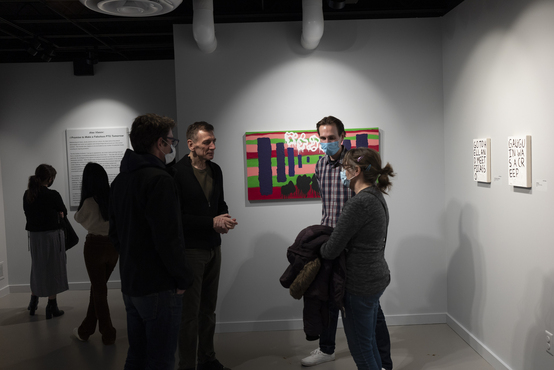
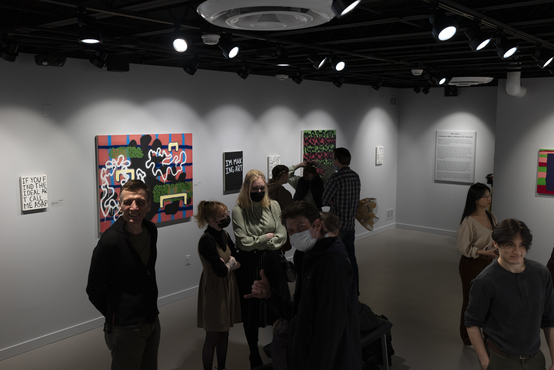

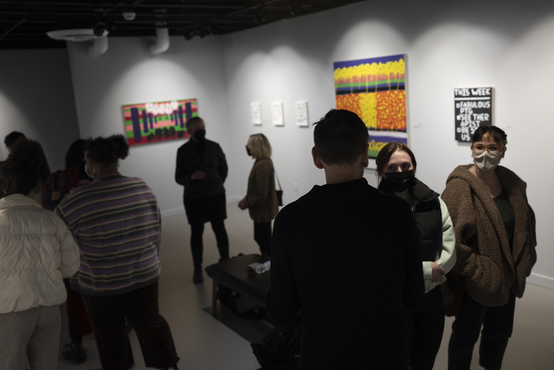


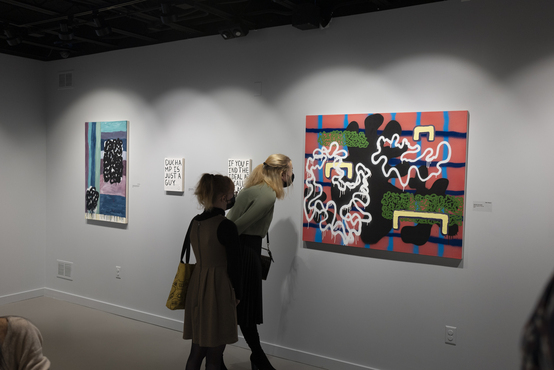









Social Feed